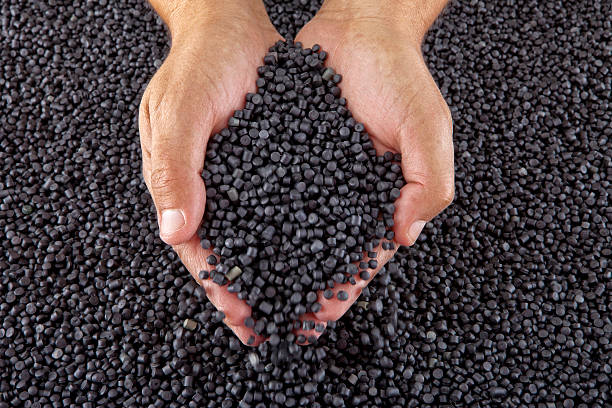
(1) Inorganic materials nanosized
Inorganic materials are widely used in plastics, and the functions of inorganic materials gradually emerge with the ultra-fine particle size. Plastics modified with inorganic nanopowders have many unique properties, bringing new development opportunities to the development of the plastics industry. Inorganic nanoparticles can give plastics new functions, improve the ageing resistance, flame retardant effect, increase the thermal change temperature, wear resistance and so on.
For example, the heat deflection temperature of PA6 modified with 5% organic montmorillonite can be increased by 1.5 times; the addition of nano-clay in PET substantially reduces the gas transmission rate of the material, which is 100 times smaller than the oxygen transmission rate of pure PET. The amount of inorganic nanoparticles added to the plastic is small, generally 3%-5%, and the density of the composite material is almost unchanged or increased very little compared with the original resin, and there is no disadvantage of decreasing other properties due to too much filler.
(2) Efficient chemical additives
The development of new high-efficiency additives to become an important development direction of modified plastics, modified plastics involving additives in addition to the additives commonly used in plastics processing, such as heat stabilizers, plasticizers, UV absorbers, nucleating agents, antistatic agents, dispersants and flame retardants, etc., toughening, flame retardant, efficiency, alloy compatibility (interface compatibility) and other high-efficiency, multi-effect functional additives for modified plastics is also very critical.
Usually the type and quality of some additives on the modified plastic certain performance and cost plays a key role, especially in the new toughening agent, flame retardant synergist, alloy compatibility agent to achieve high performance engineering plastics and special engineering plastics, such as low-cost is of great significance.
(3) Environmental protection of modified plastics
As people’s awareness of environmental protection, environmental protection regulations are becoming increasingly strict, the renewable use of plastics, environmental compatibility, biodegradable, non-toxic, tasteless, non-polluting and other environmental protection concepts have been integrated into the design and manufacturing process of modified plastics, to focus on the conservation of energy resources and rational use, the development of non-polluting, fully degradable, recyclable green environmentally friendly modified plastics products have become a new hot spot.











